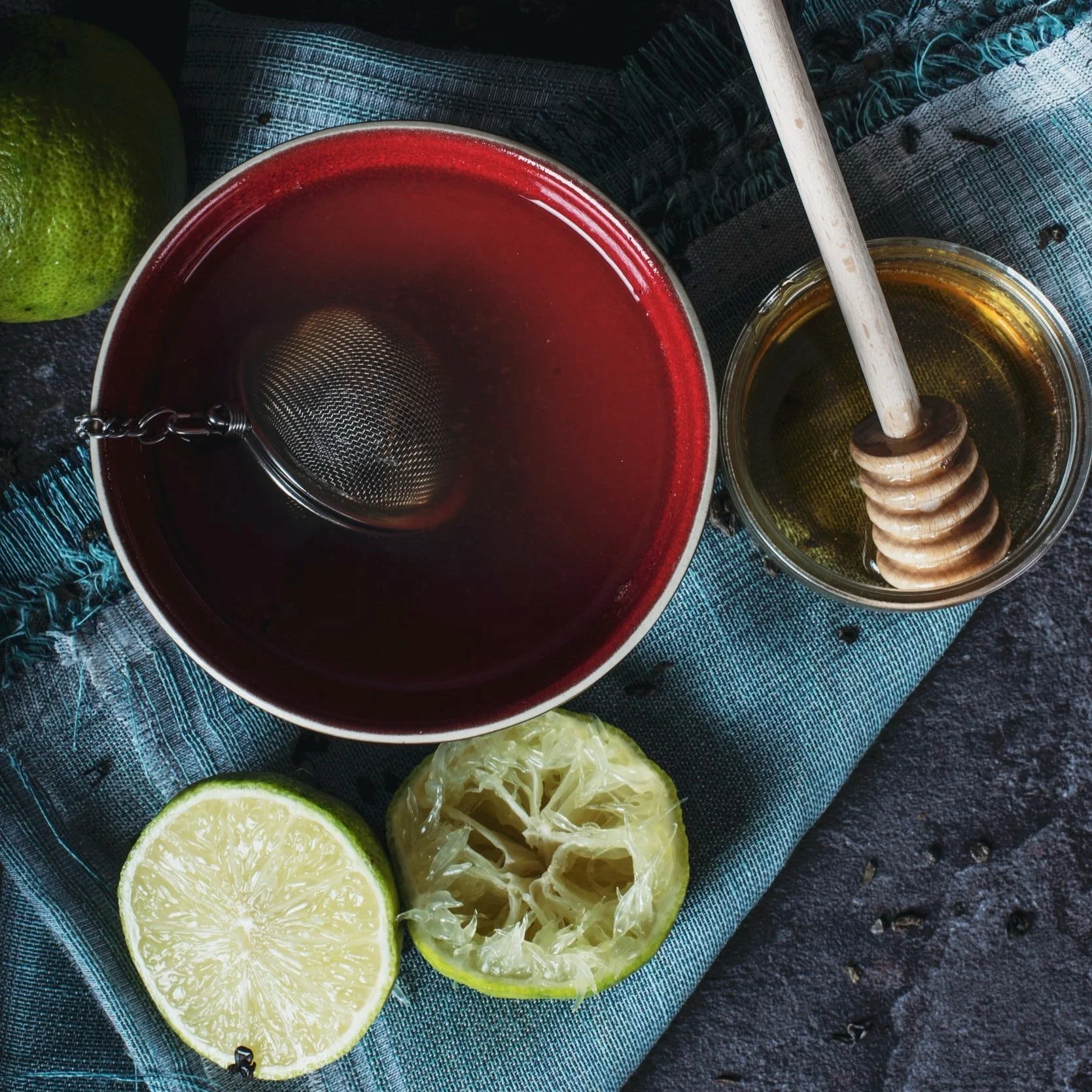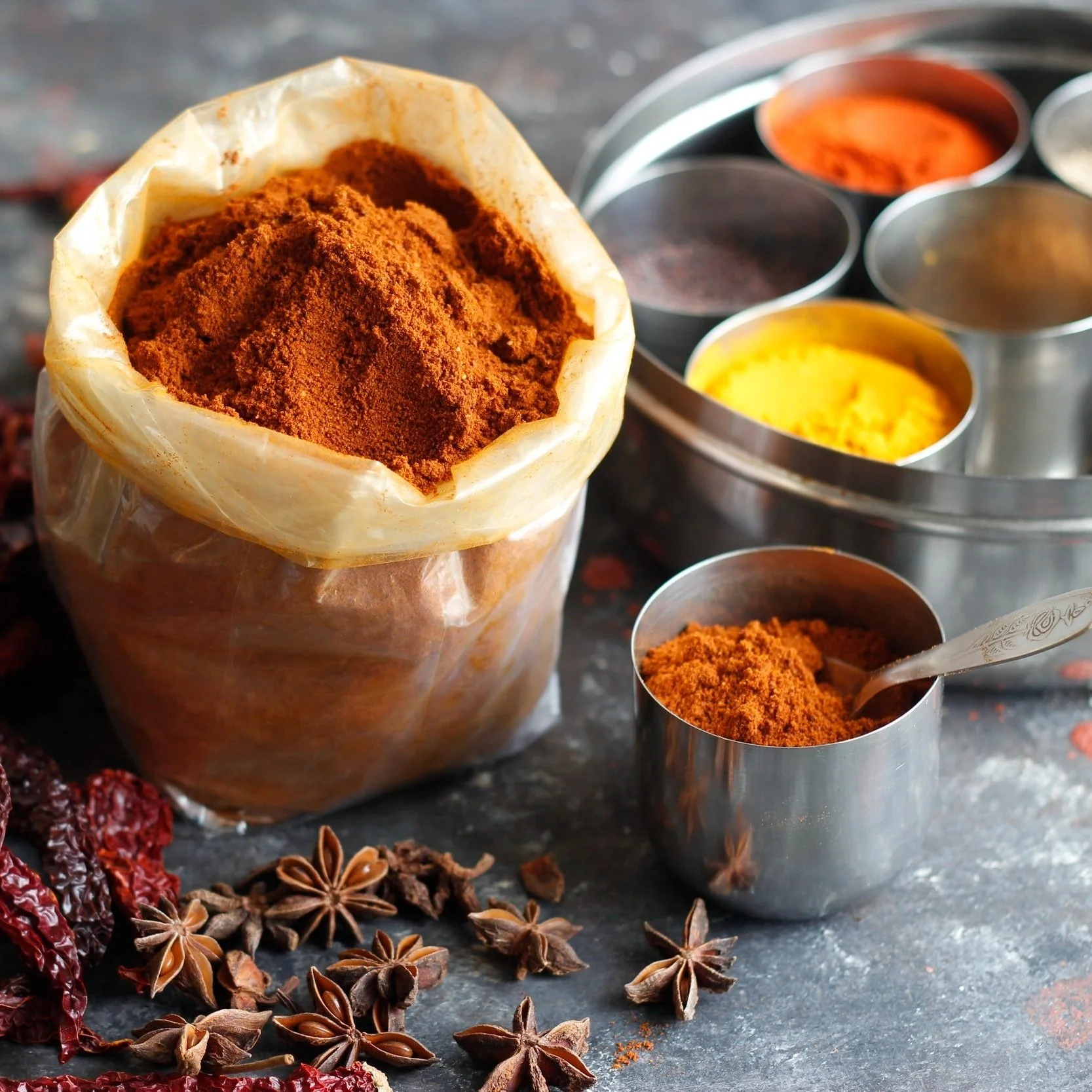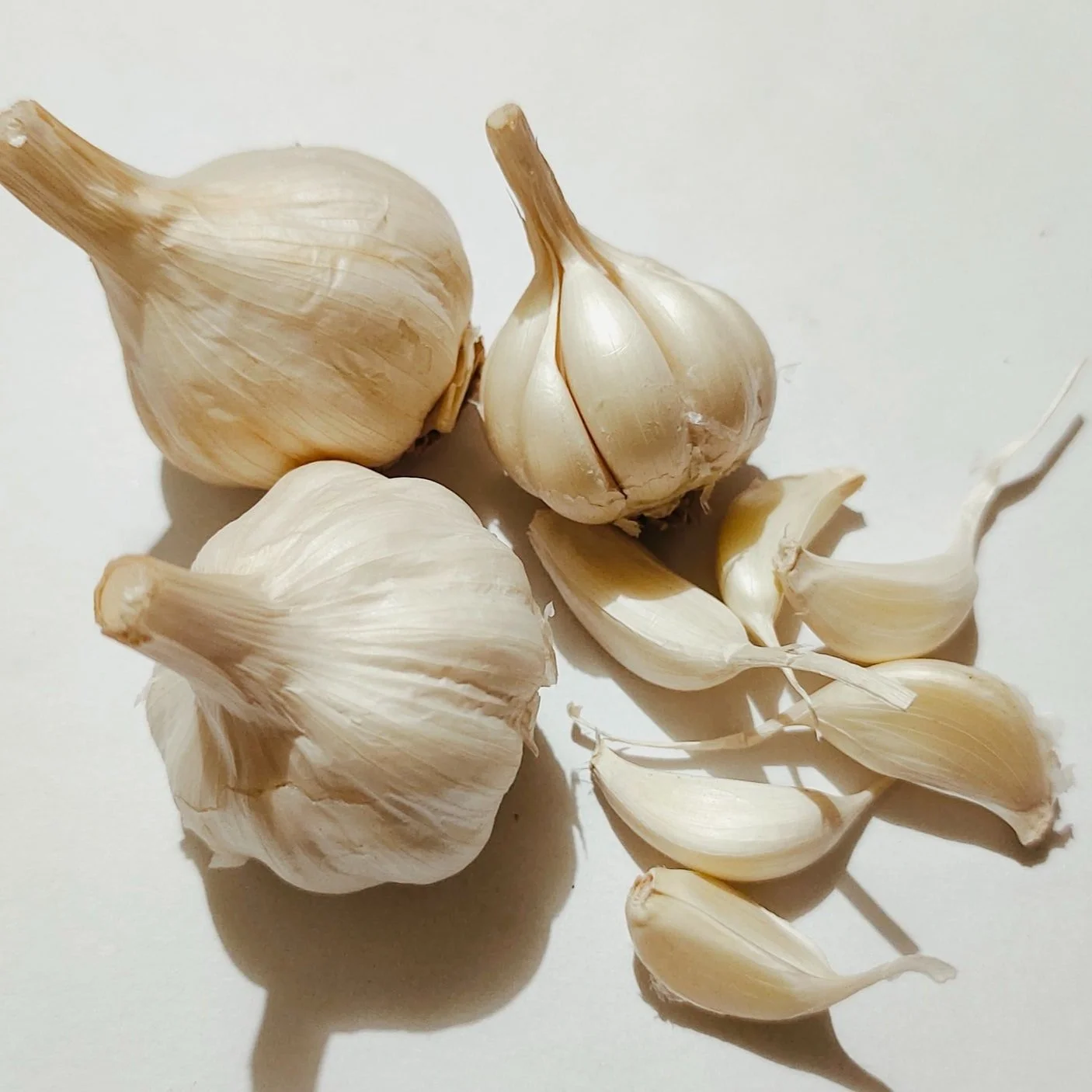Natural Antibiotics: What Are They And Do They Work?
W&S Editorial Team
SHARE ON:
PLEASE READ THE FOLLOWING ARTICLE DISCLAIMERS BY CLICKING HERE.
Some of the links on this post might contain affiliate links. If you use any of these links to buy something we may earn a commission. For more information, please check out our disclosure statement. Thanks so much for supporting our free content!
In this post, we give you the rundown on natural antibiotics. Learn about what natural antibiotics are, why they matter, and how they might fit in your health and wellness routine. Women’s interest in natural antibiotics has risen over the past few years for many reasons.
The:
increasingly unaffordable cost of medical treatment,
growing mistrust toward medical practitioners due to historical malpractice toward women, or
the lack of medical providers available at any given time due to the ongoing COVID pandemic are all considerable roadblocks to making traditional antibiotics a desirable healthcare option for racialized women.
More and more American women are looking to natural medicine as a potential alternative. But not all things touted as natural antibiotics are safe to use, and those that are should only be used in certain situations.
In this post, we break down everything you should know about natural antibiotics and the best ways to incorporate them into your health and wellness routine.
What Are Natural Antibiotics?
Antibiotics are lifesaving drugs which have changed the course of human history. However, before their creation, humans treated infections (at varying success rates) using what are commonly referred to as natural antibiotics.
Natural antibiotics are natural substances shown to have antibacterial properties. They differ from manufactured, prescription antibiotics as their bacteria-fighting power comes directly from nature.
Natural antibiotics, therefore, may have a nature-given ability to:
inhibit bacterial replication,
damage bacterial components (i.e. cell walls), and
destroy bacteria.
Why Natural Antibiotics Might Be An Important Medicinal Tool
Natural antibiotics may have potentially fewer side effects than prescription antibiotics. Most notably, there is a growing concern with prescription antibiotics and their future effectiveness in infections caused by multidrug-resistant organisms (MDROs).
MDROs are bacteria that become resistant to antibiotics. The more widespread and prolonged the use (and misuse) of prescription antibiotics in combination with the natural growth of bacteria over time, the more MDROs.
MDROs are of great concern, as they risk public health and safety. So much so that major medical institutions such as the World Health Organization, Centers for Disease Control, and Mayo Clinic have all called for the healthcare community to be more mindful of this issue.
MDROs are not the only reason some might want to consider trying out natural antibiotics. The use of prescription antibiotics can sometimes cause patients to experience:
vomiting
nausea (feeling like you may vomit)
diarrhea
bloating and indigestion
abdominal pain
loss of appetite
Getting these symptoms is by no means a guarantee; for most patients, they are mild. However, their potential is something to keep in mind.
Some people might also get an allergic reaction when they take prescription antibiotics, making them impractical options for when they’re sick. According to Cleveland Clinic, there are around 140,000 emergency department visits annually for reactions to antibiotics.
It’s important to stress here that natural antibiotics are in no way reliable solutions to the collective challenges we face from prescription antibiotic use. Instead, natural remedies are small, coactive parts of a much bigger whole in our approach to fighting infections.
Our Favorite Natural Antibiotics (And How To Use Them)
Suppose you’ve gone to the doctor and have a common bacterial infection (i.e. many types of sinus and ear infections) and are otherwise healthy. In that case, you’re more likely than not a candidate for prescription antibiotics. Your doctor might recommend you manage symptoms at home and allow your body to get rid of the infection naturally.
In this case, the following natural antibiotics could be super beneficial in kickstarting your recovery:
1. Turmeric
Turmeric is a flowering plant from the ginger family, native to Southeast Asia. Although Turmeric is now primarily used as a food additive, its traditional use was medicinal and spiritual.
Referred to as the “golden spice”, Turmeric dates back to about 4000 years in the Vedic culture of India. Around this time, it was commonly used to treat a range of skin conditions, upper respiratory tract issues, joint pain, and digestive issues.
Modern medicine has recently begun to recognize its importance medicinally, with a reported 3000 articles published on the use of Turmeric in the last 25 years alone. Many of which focus on the substance’s antibacterial properties.
Turmeric’s main ingredient, curcumin, has been found to have some antimicrobial properties, including inhibiting bacterial DNA replication and altering gene expression. However, these same studies have stressed that curcumin’s effectiveness varies across bacterial species and strains.
Curcumin has also been found to have anti-inflammatory and antioxidant qualities and, therefore, could have a range of benefits in managing symptoms of infections alongside treating them.
How To Use It:
It’s recommended Tumeric used to kill bacteria is taken orally in the form of curcumin tablets. This method is best because the Turmeric you get from the spice aisle at the grocery store only contains around 3% of curcumin, whereas curcumin extract contains approximately 95%.
It’s also recommended, however, that people with the following conditions act with caution and consult a medical professional before use:
Pregnant or breastfeeding
Gallbladder disease
Kidney stones
Bleeding disorders
Diabetes
Iron-deficiency
In addition, Turmeric, like many other medicinal treatments, can interact with other medications or treatments you’re undertaking. Again, be sure to consult your doctor that Turmeric is the right option for you!
2. Garlic
Garlic is a vegetable belonging to the onion family that is most commonly found in food as a spice. However, like Turmeric, garlic has a centuries-long history of medicinal use—dating back to Ancient Egypt and Greece.
Notably, garlic was used by Hippocrates, considered the father of Western medicine, to treat respiratory problems, parasites, poor digestion, and fatigue. The original Greek Olympians also used garlic to enhance their performance.
Throughout Asia, garlic was used to treat bronchitis, hypertension (high blood pressure), TB (tuberculosis), liver disorders, dysentery, flatulence, colic, intestinal worms, rheumatism, diabetes, and fevers.
Modern research has begun to back up many of these historical uses. In a 2011 study, garlic was found to help improve treatments of antibiotic-resistant bacteria.
Another study found that garlic contains allicin, a medically-recognized antibiotic and could potentially be crucial in the future treatment of bacterial infections. Still, this research is novel due to the instability of allicin within a medical setting.
How To Use It:
It’s recommended that garlic to treat bacteria is taken one of two ways:
ingested in the form of garlic extract (due to garlic extract having a higher concentration), or
applied directly to a wound or blemish.
Garlic is usually safe to ingest without worry, but those taking blood-thinning medications might want to take extra caution. This method is potentially dangerous because large amounts of garlic might over enhance the impact of these medications.
3. Honey
Honey is one of the most well-known natural antibiotics out there, and for good reason. Bees make it by taking floral nectar or secretions from other insects (e.g., honeydew) and storing them in the honeycomb.
Nowadays, this natural, sweet substance is used predominantly as a sweetener. However, honey is filled with medicinal properties beyond its delicious taste.
Honey contains hydrogen peroxide, a mild antiseptic commonly used on the skin to manage minor cuts, burns, and scrapes. It also has a high sugar content, which has been shown to discourage bacterial growth.
Moreover, honey benefits from having a low pH, making it very acidic. This acidic pH is suitable for pulling away moisture from the skin, which is vital for mitigating bacterial growth.
This would explain why honey’s been linked to various cultures’ medical histories, including the Vedic, Egyptian, Roman, Greek, Mayans, Babylonians, and Chinese.
How To Use It:
It’s recommended that honey used as an antibiotic for external infections be placed directly onto problem areas. The best option would be raw Manuka honey. However, most organic honey will still help.
For internal infections, swallow a whole tablespoon or mix it into a herbal tea. This method is highly safe but should never be used for children under one year of age.
The Bottom Line On Natural Antibiotics
Natural antibiotics are in no way a replacement or one-size-fits-all solution for the complications regarding prescription antibiotics. However, they have the potential to be a great addition to women’s health and wellness routines.
Be sure to check in with your healthcare provider to learn what options are best for your medical situation so that you are safe. Hopefully, with more research and studies into natural antibiotics use, natural antibiotics will become more widely used for treatment.









